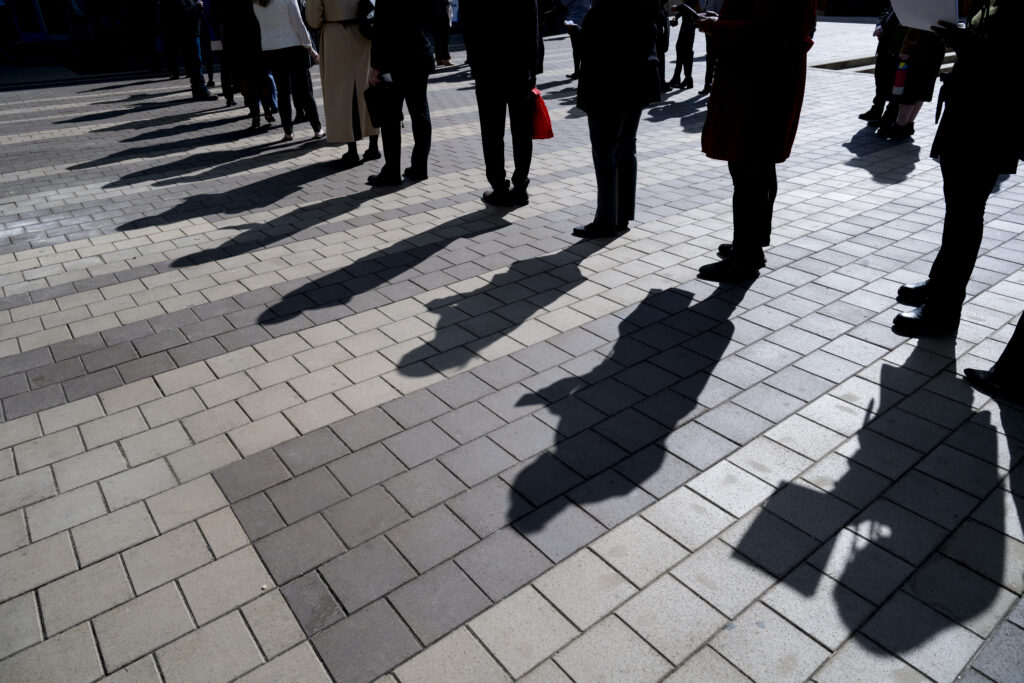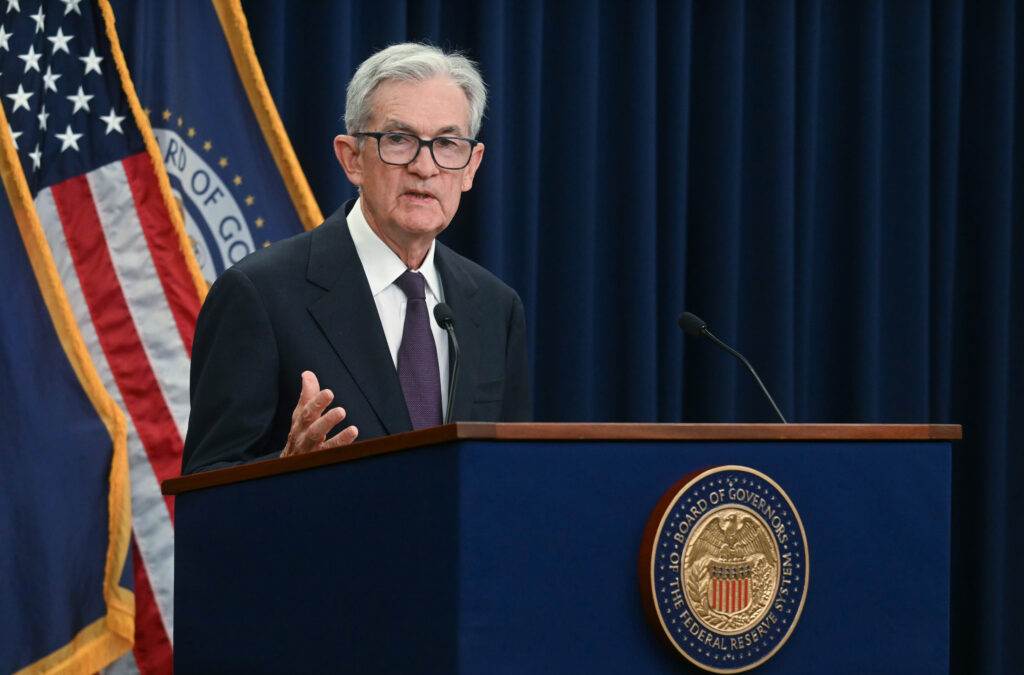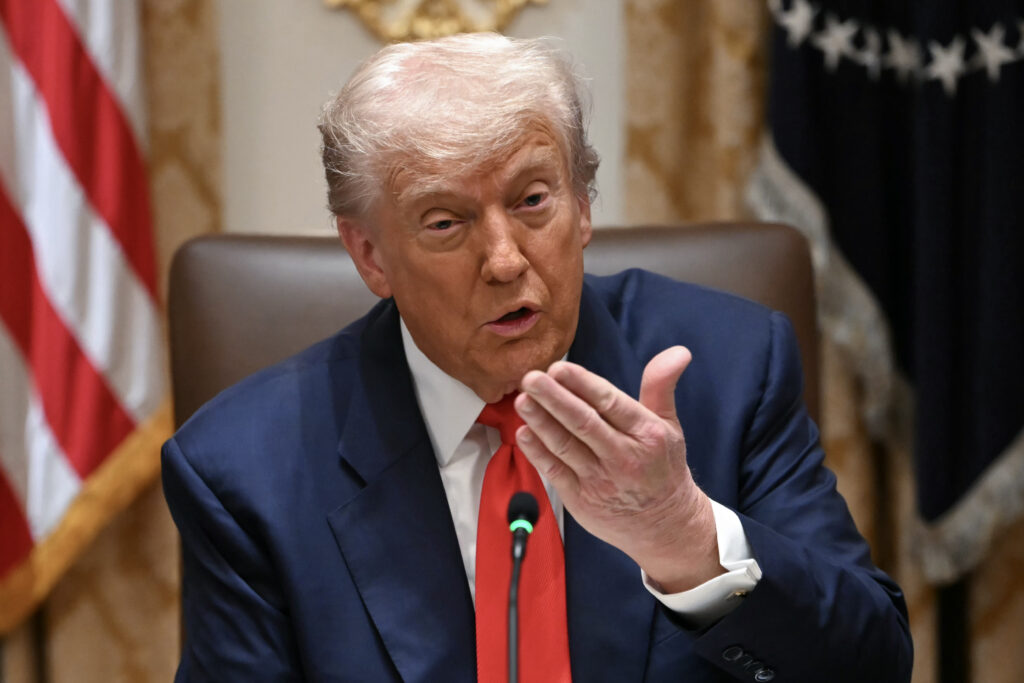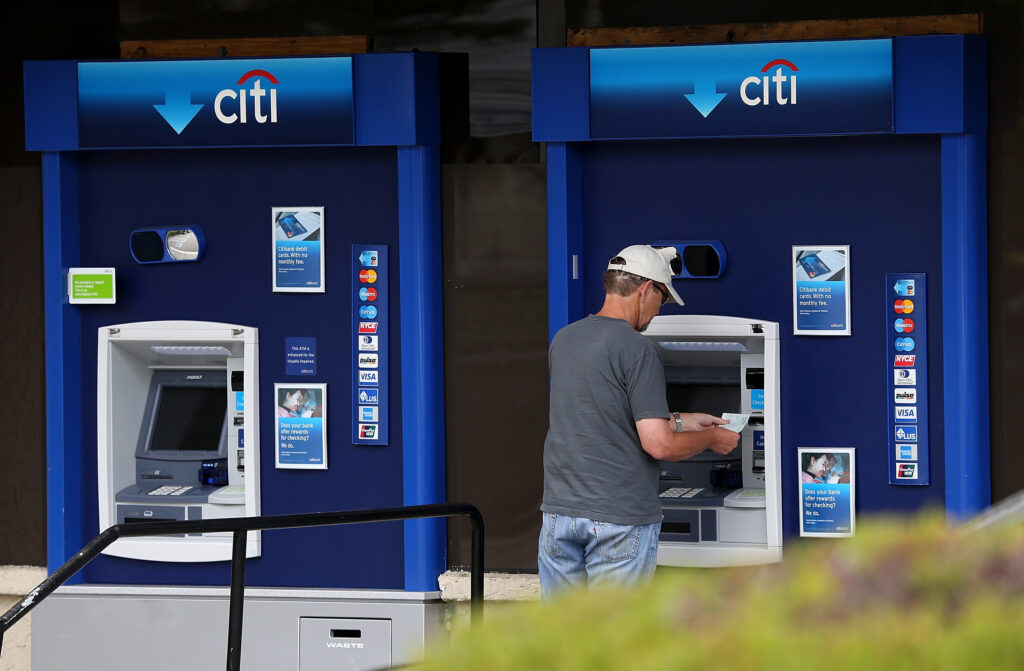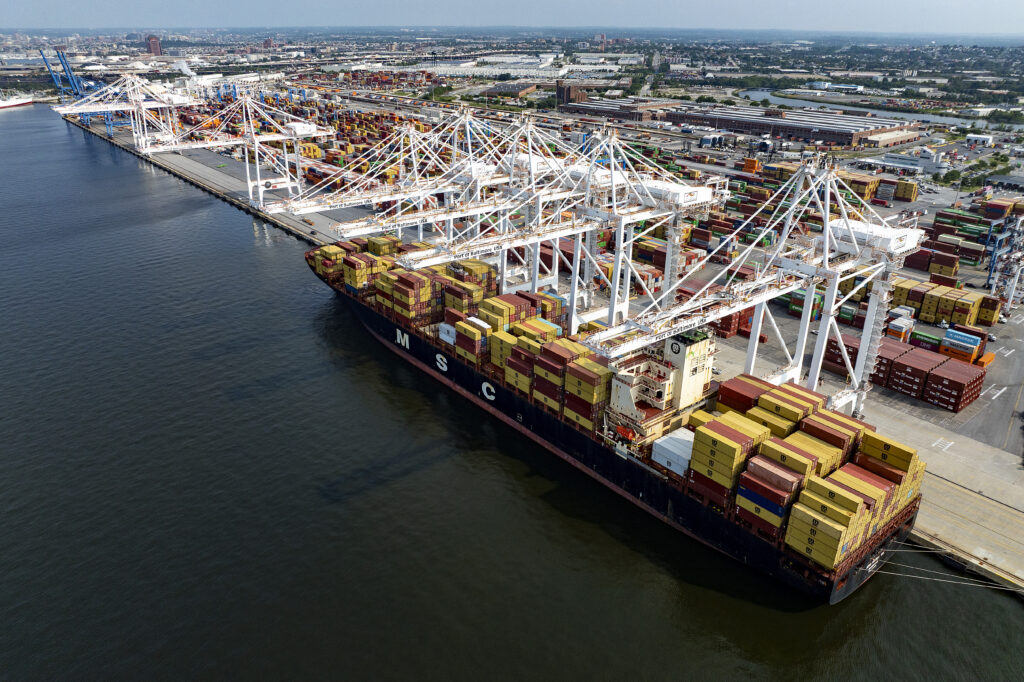Markets rally, dollar weakens as Fed cut hopes trump trade war fears
Stocks jumped and the dollar retreated Wednesday as trade war fears were overshadowed by comments from Federal Reserve boss Jerome Powell that suggested the bank would cut interest rates again this month.After a volatile couple of days characterised by a fresh flare-up in China-US tensions, investors took the opportunity to jump back into the market and resume a months-long, tech-fuelled rally.Powell has for most of the year walked a fine line between trying to keep a cap on US inflation while also supporting the labour market, even as he faced a barrage of abuse from President Donald Trump for not lowering borrowing costs soon enough.And while price gains continue to outpace the bank’s target pace, a series of weak readings has forced him to turn his focus on jobs, and last month announced the first rate cut since December.And on Tuesday he indicated more were on the way.”In this less dynamic and somewhat softer labour market, the downside risks to employment appear to have risen,” said Powell, adding that longer-term inflation expectations remained aligned with the Fed’s two-percent goal.”Rising downside risks to employment have shifted our assessment of the balance of risks,” he said, adding there was “no risk-free path for policy as we navigate the tension between our employment and inflation goals.”Powell also hinted that monetary policymakers could soon stop reducing the size of its holdings of bonds and other instruments bought in vast quantities during the pandemic to keep borrowing rates low and support the economy.The bank has a dual mandate from Congress to act independently to tackle both inflation and employment.No official jobs data has been published for September because of the US government shutdown, but private sector figures point to a marked slowdown in hiring last month.US markets ended mostly down but well off their morning lows, and Asia was on the front foot.Seoul soared 2.7 percent, while Hong Kong, Tokyo, Sydney, Taipei and Bangkok all climbed more than one percent.Singapore, Mumbai, Manila and Wellington also advanced.Shanghai also put on more than one percent, with little negative reaction to data showing Chinese consumer prices fell in September, indicating consumer sentiment remains weak.Paris surged more than two percent on hopes for an end to political turmoil after Prime Minister Sebastien Lecornu backed the suspension of an unpopular 2023 pensions reform, while he also got support of the Socialist Party in the National Assembly.Frankfurt was on the front foot but London slipped.Expectations that borrowing rates will drop weighed on the dollar, which was well down against its peers.Powell’s remarks helped investors turn from the latest trade salvos between Washington and Beijing, with Trump last week threatening 100-percent tariffs owing to China’s new export controls on rate earths.While the US president tempered his rhetoric Sunday, China appeared to stoke the row by imposing sanctions on five American subsidiaries of South Korean shipbuilder Hanwha Ocean, accusing them of supporting Washington’s investigation into the shipping industry.Still, there are hopes the row can be defused, with Trump telling reporters at the White House that “we have a fair relationship with China, and I think it’ll be fine. And if it’s not, that’s OK too.””We have a lot of punches being thrown, and we’ve been very successful.”Meanwhile, US Trade Representative Jamieson Greer told CNBC that senior officials had spoken Monday on the rare earths dispute, and gave a broadly upbeat view.”We’ve been pretty successful in finding a path forward with them in the past so we think we’ll be able to work through it,” he said in an interview.- Key figures at around 0810 GMT -Tokyo – Nikkei 225: UP 1.8 percent at 47,472.67 (close)Hong Kong – Hang Seng Index: UP 1.8 percent at 25,910.60 (close)Shanghai – Composite: UP 1.2 percent at 3,912.21 (close)London – FTSE 100: DOWN 0.1 percent at 9,447.81 Euro/dollar: UP $1.1638 from $1.1604 on TuesdayPound/dollar: UP at $1.3360 from $1.3319Dollar/yen: DOWN at 151.11 yen from 151.74 yenEuro/pound: DOWN at 87.12 pence from 87.13 penceWest Texas Intermediate: DOWN 0.1 percent at $58.62 per barrelBrent North Sea Crude: DOWN 0.1 percent at $62.32 per barrelNew York – Dow: UP 0.4 percent at 46,270.46 (close)
